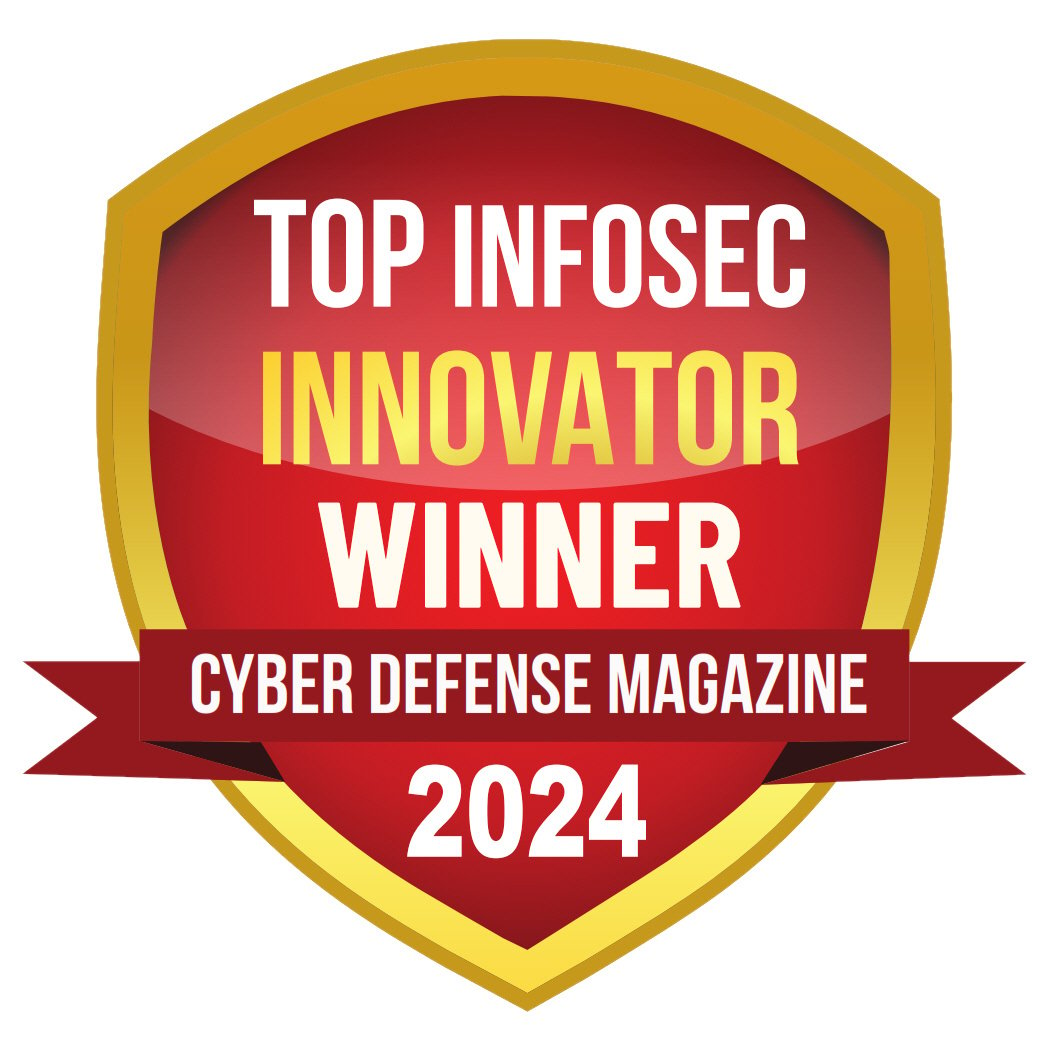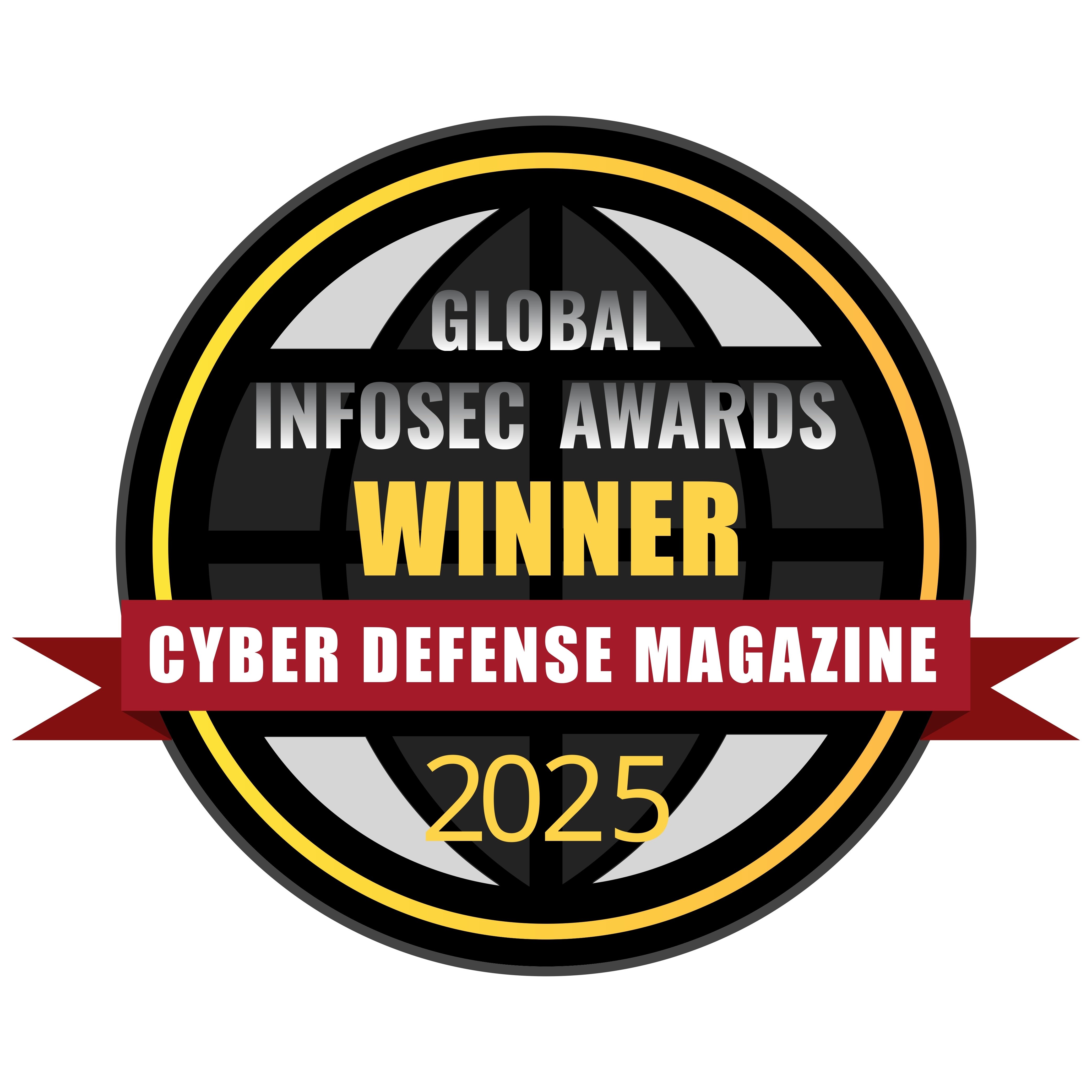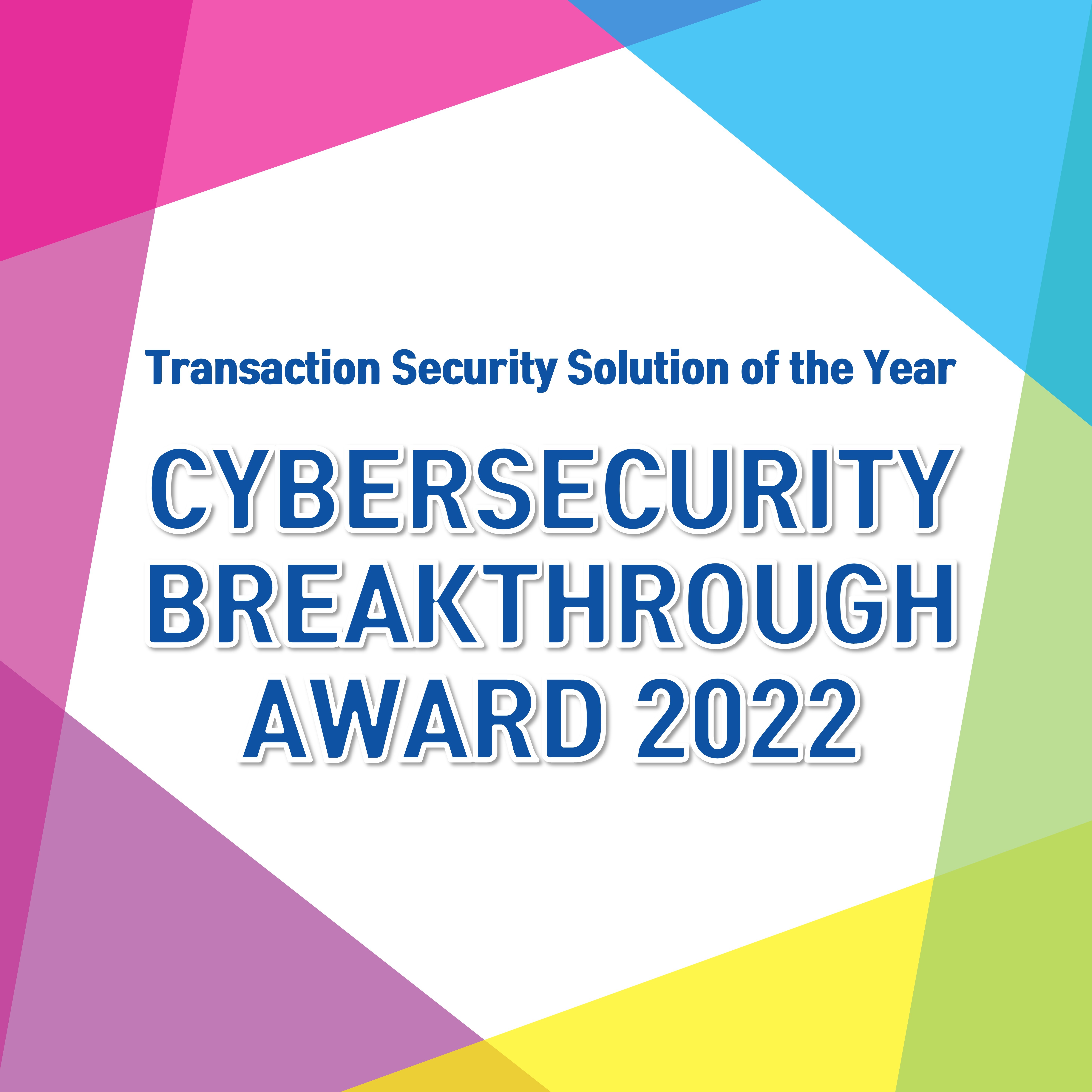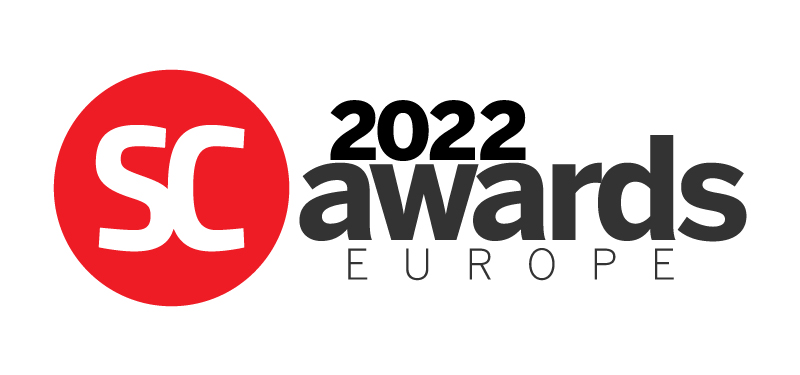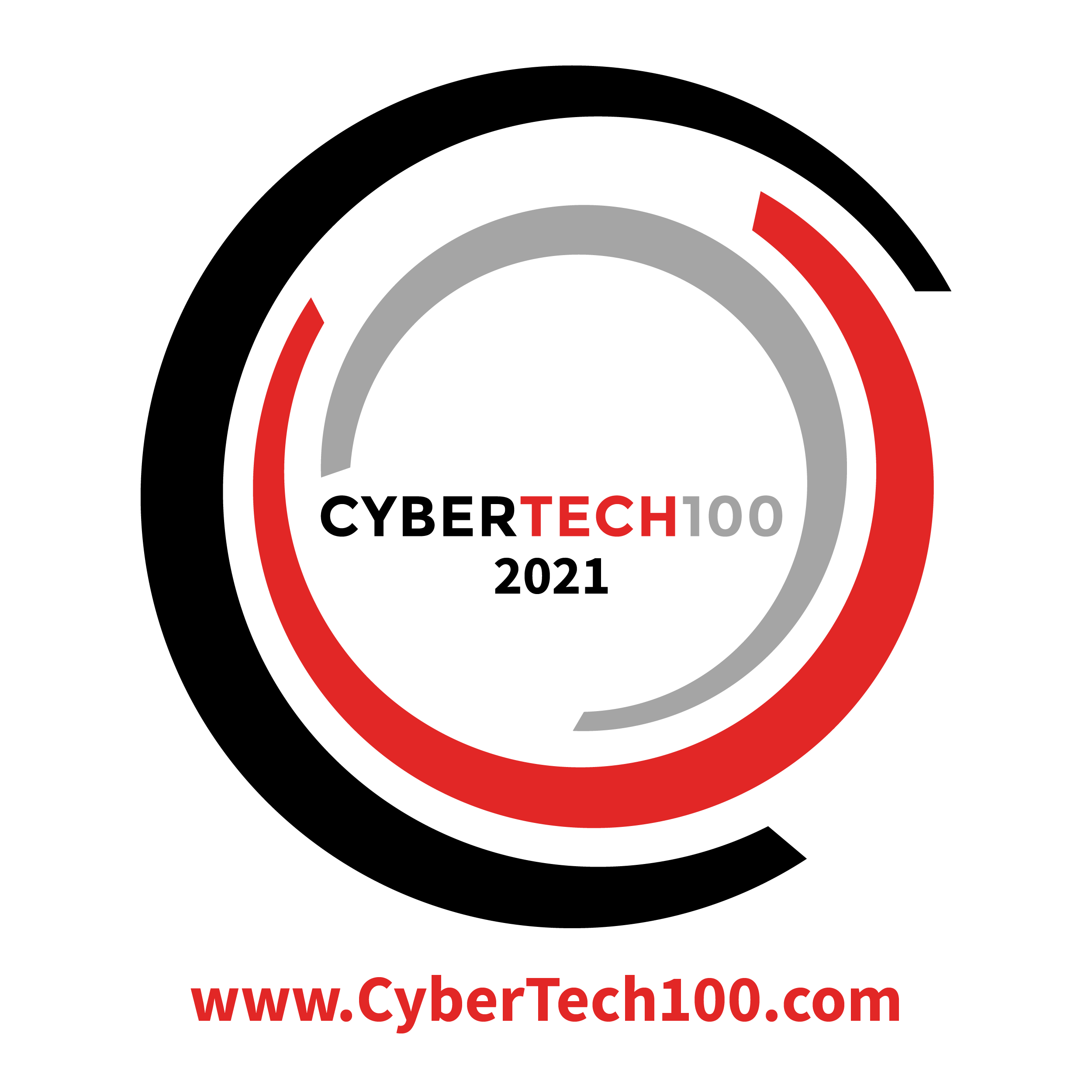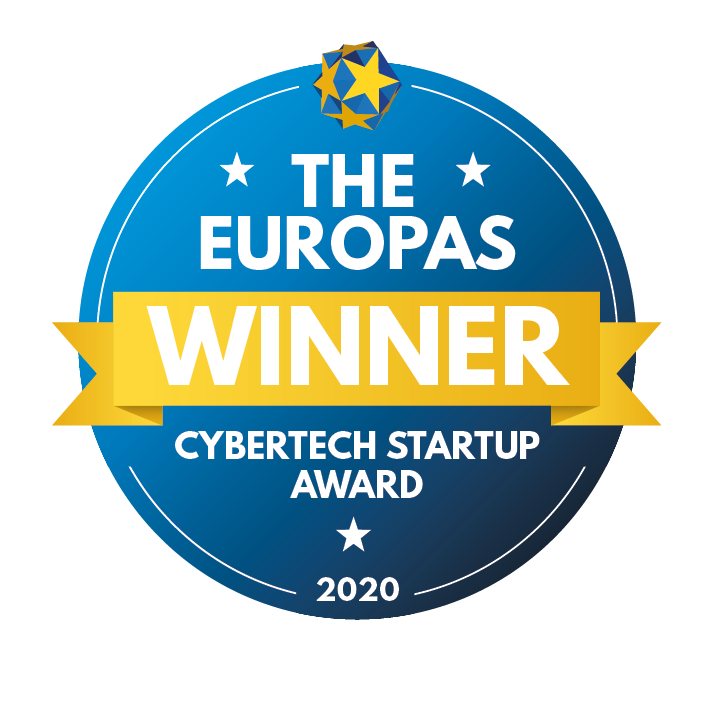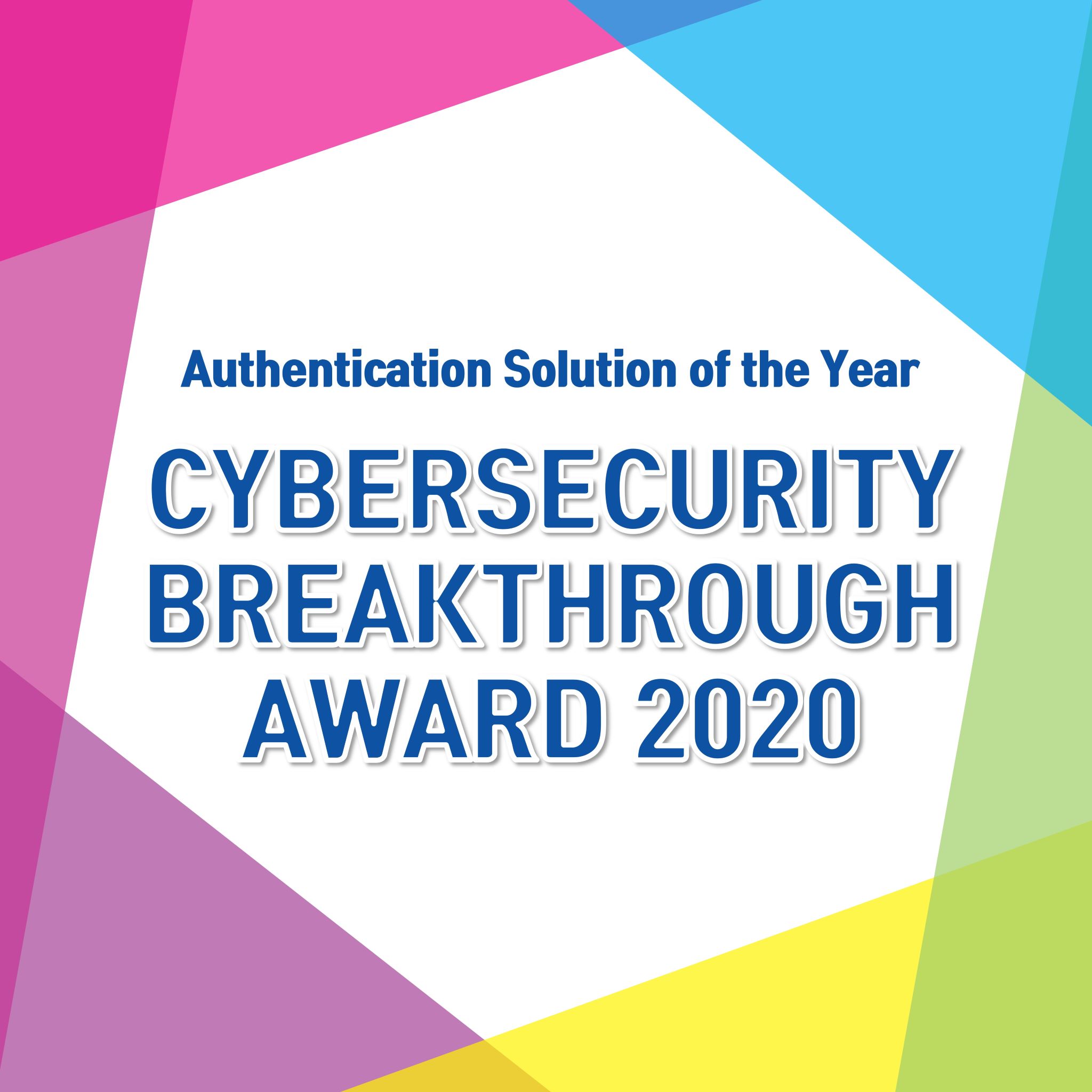Empowering Cyber Resilience in ICT, Infrastructure, and Environmental Services
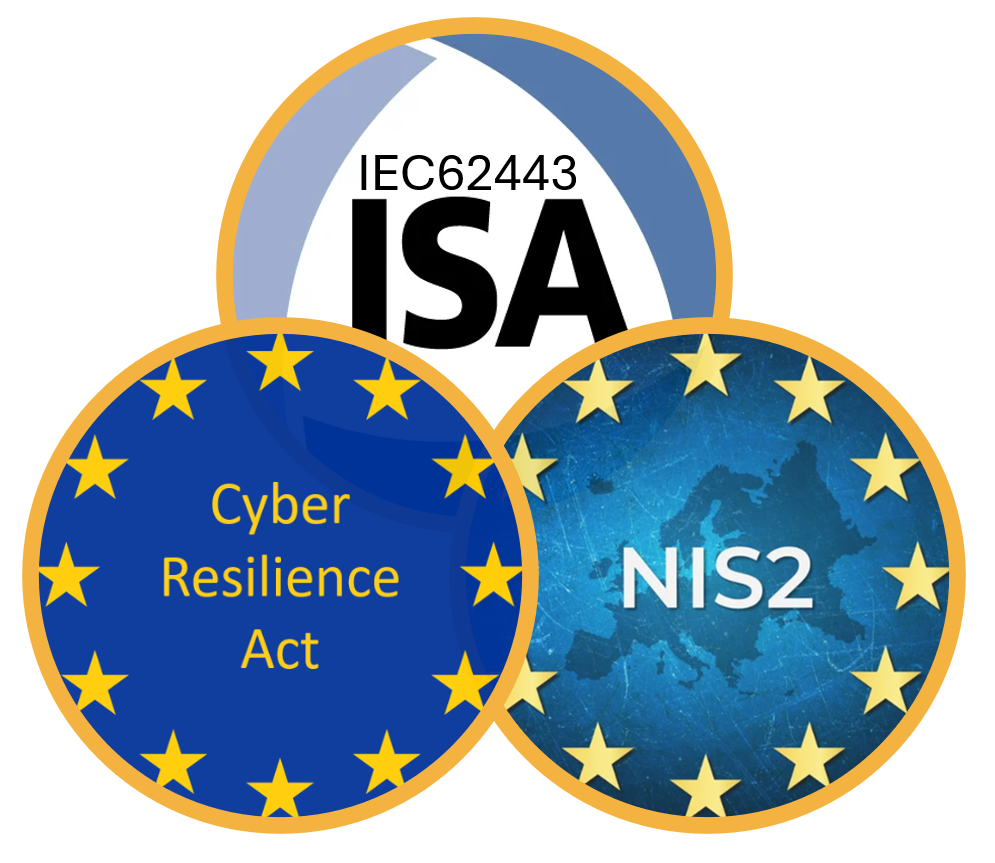
Cyber Risks in Digital & Environmental Services
Industries including ICT service providers, digital infrastructure, and waste management play a foundational role in today’s economy. ICT services and digital infrastructure support business continuity, enable cloud platforms, and power government operations, while waste management safeguards public health and the environment. As these sectors become more connected through smart technologies and remote access systems, they face increasing cybersecurity threats that can lead to service disruption, data breaches, and regulatory consequences.
Regulatory Pressure: Strengthening Security Under Compliance
Governments and regulators are enforcing stricter cybersecurity mandates to protect these vital sectors. Regulations such as NIS2, IEC 62443, and the Cyber Resilience Act (CRA) now require strong authentication, secure access controls, and OT system protection. Compliance is critical to avoid service outages, environmental risks, and reputational damage.
Notable Cyberattacks in Digital & Environmental Services

2023: Ransomware Attack on a European Cloud Provider
A top-tier cloud platform was crippled by ransomware, disrupting government portals and business continuity across several countries.

2022: Attack on Wastewater Treatment Facility
Hackers gained access to a waste treatment system, altering chemical levels and triggering environmental safety alerts.

2021: DDoS on Global Internet Backbone
An internet infrastructure provider suffered a massive DDoS attack, affecting online banking, emergency services, and public communication.
Benefits of OT Auth Solutions
To defend against increasingly sophisticated cyber threats, ICT, digital, and waste management providers must secure access to both cloud platforms and industrial systems. swIDch’s OT authentication solutions—PLC OTAC and OTAC Trusted Access Gateway (TAG)—enable secure, scalable protection for connected systems without relying on traditional network-based verification.
Why OT Authentication Is Essential for Critical Digital and Environmental Services
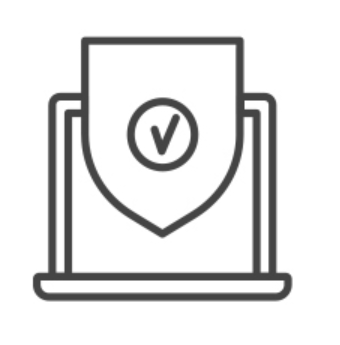
Regulatory Compliance

Offline Security for Industrial Systems
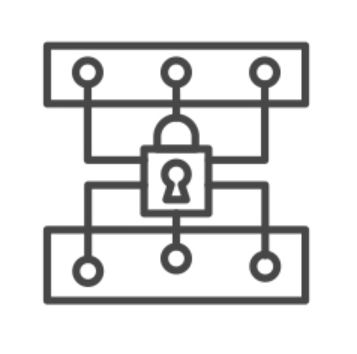
Secure Remote & Third-Party Access
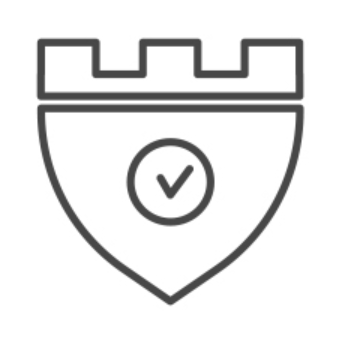
Protection from Ransomware & Insider Threats
-1.jpg)
How OT Auth solutions work
Conventional access control methods—like passwords, VPNs, and smartcards—are vulnerable to phishing, stolen credentials, and replay attacks. swIDch’s OT authentication solutions replace these with dynamic, one-time codes that work offline, securing critical infrastructure without disrupting operations.
How It Enhances Security in Digital & Environmental Services:
🔹 Protects data centres, cloud environments, and waste treatment systems from unauthorised access.
🔹 Ensures secure remote authentication for distributed teams and third-party vendors.
🔹 Requires no PLC modifications or new hardware.
🔹 Scales across hybrid IT/OT environments with minimal friction.
By integrating swIDch’s OT authentication solutions, organisations can strengthen cybersecurity, ensure operational continuity, and meet regulatory requirements.
-1.jpg)
Digital & Environmental Services Security FAQs
-
It blocks unauthorised access to cloud services, data centres, and connected systems by using dynamic authentication codes.
-
Yes, swIDch protects access to automation, monitoring, and chemical control systems—without requiring a network connection.
-
Absolutely. OTAC Trusted Access Gateway ensures secure, verifiable access for remote workers and contractors.
-
It ensures only authorised users can access cloud services by replacing static credentials with dynamic, one-time authentication codes.
-
Yes, swIDch’s authentication solutions seamlessly integrate with existing infrastructure, requiring no PLC modifications and minimal disruption.
-
Yes, OTAC generates dynamic authentication codes that function without requiring a network connection, making it ideal for remote or air-gapped systems.
-
swIDch ensures secure authentication and prevents credential theft by using unidirectional authentication codes that cannot be replicated or intercepted.
Award Highlights
